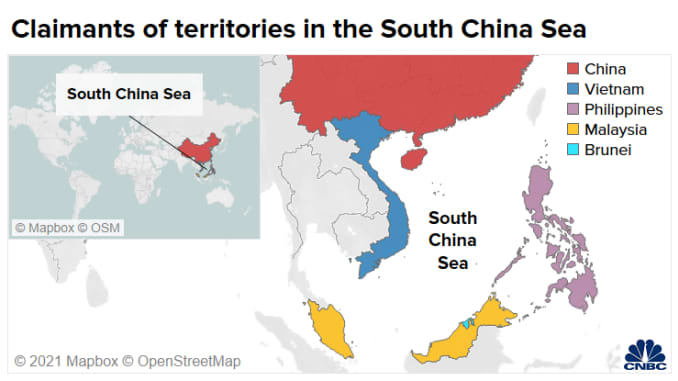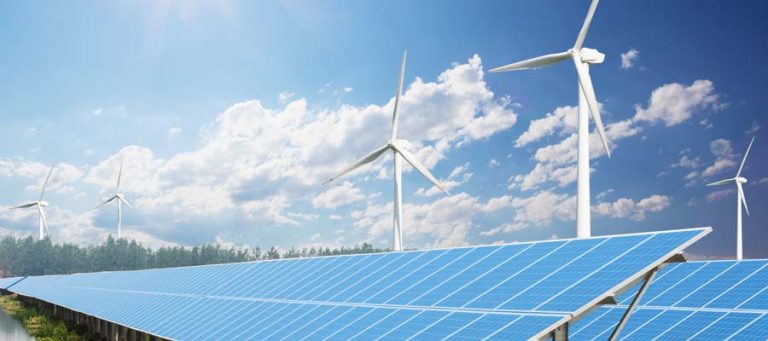
In 1973 due to the Yom Kippur War involving Israel, Egypt and Syria the world found itself caught in the midst of a global energy crisis as the Arab states employed OPEC to impose an oil embargo. The result in the United States was long lines at gas stations, odd and even numbered license plates recognized to allow the purchase of gas, and a retraction of the American economy as oil prices spiraled and along with it the price of gasoline. The US was tied to Saudi Arabia importing between 25-40% of its oil needs. This situation reemerged in 1979 when the Shah of Iran, an American ally was overthrown by Islamists producing another oil crunch. The history of these events and their impact on the world economy were delineated by Daniel Yergin in his Pulitzer Prize winning history of oil, THE PRIZE: THE EPIC QUEST FOR OIL, MONEY, AND POWER. Yergin argued that the United States was running out of oil and he analyzed how that would negatively impact the American economy if changes were not implemented. The American oil industry seemed to be at a standstill as the demands for sources of oil and the climate change movement began to converge. In his new book, THE NEW MAP: ENERGY, CLIMATE, AND THE CLASH OF NATIONS, Yergin builds upon his previous history pointing out how the “shale revolution” has impacted the United States transforming the American economy and providing resources that have launched US energy reserves levels to perhaps the highest in the world. This lack of energy dependency has been in many ways responsible for the boom in the American economy before the arrival of the coronavirus.
Yergin is a master storyteller and global energy expert who presents an incisive analysis of energy’s role in climate change and the role of international politics as everyone seems to be seeking an energy revolution for a low-carbon future. For the United States, “fracking” seems to be one aspect of the equation that his increased its energy political prowess during the last decade. The result has raised the level of geopolitical competition worldwide focusing on what appears to be a new Cold War between the United States and China, and Vladimir Putin’s pivot toward China as Russia’s energy production needs a reliable energy consumption partner. Yergin focuses on these energy and geopolitical questions and the profound changes that seem to lie ahead.
/cdn.vox-cdn.com/uploads/chorus_image/image/63663479/twarren_08202017_1939_0003.0.jpg)
Yergin’s presentation and analysis begins with the “shale revolution” in the United States and its impact on the world. He plies his craft well and no matter the area he delves into his prose is clear, the narrative is well founded, and his analysis is thought provoking and explains a great deal that many do not understand. The Pre-COVID-19 American economy took off due to the new technology of hydraulic fracturing and horizontal drilling that allowed the United States to become a major player in the world of oil. Yergin explains how the American trade deficit declined due to this “shale revolution” and how foreign investment, particularly chemical related facilities has flowed into the US economy because of cheap natural gas. Even American companies have cut their own foreign investment and increased domestic investment. This has led to a manufacturing renaissance in the United States.
Yergin carefully explores the impact of the emergence of the United States as an energy superpower in the context of discussing different world regions and their energy needs. The shale revolution has greatly impacted Russia who in 2013 was the world’s leading producer of natural gas as well as a major supplier to Europe. With the arrival of the United States in the marketplace it has provided a diversification for European supplies lessening their reliance on Moscow and the games that Putin has played and depoliticized the natural gas market. Further, new American sources have increased its flexibility in foreign policy which it has not known in decades. It also allows the United States and China to interact in the global marketplace to the benefit of each other. Middle Eastern states now find their influence reduced, it has brought the United States and India closer together and reduced the trade imbalance with Japan and South Korea. In fact, by 2018 the United States overtook Russia and Saudi Arabia as the world’s largest oil producer.
Following the collapse of the Soviet Union in 1991 oil allowed for its economic rebound as it provided 40-50% of the Russian budget, 55-60% of its export earnings, and 30% of its GDP. With the changing marketplace with Europe, Russia has moved closer to China as they have a mutual need, Russia must export energy, and China must have reliable sources to fuel its economy. The geopolitical realignment has also been affected by the decline in nuclear energy sourcing due to the Fukashima disaster in Japan that had led to their shutting down of nuclear power plants in Japan and Germany. This is the key component of Yergin’s narrative, the geopolitical realignment in the world due to changes and sources of energy and its impact on the world economy.

Yergin is a superb historian as he focuses on the different regions of the world and the most important aspects as they relate to energy. The decline in US-Russian relations is a key aspect particularly Putin’s reaction to President Obama’s reference to Russia as a regional power. Events in the Eastern Ukraine, Crimea, Georgia, and exploration in the Arctic are all explored as is the China-Russia rapprochement or pseudo alliance focused on the expansion of American power. The role of the South China Sea and China’s move to achieve hegemony in the area are thoroughly narrated as the region is the superhighway for China’s energy needs. China’s strategy greatly impacts Vietnam, and other nations as China’s “core interests” have confronted America’s “national interests.”
At times Yergin seems to play the role of an energy and transportation dilletante as he explores what seems to be innocuous topics that turn out to be very meaningful. A case in point is how the emergence of the container industry has consolidated world trade. This is reflected by the fact that China is responsible for 40% of the world’s container shipments or what Yergin refers to as how containerization has become the backbone of world trade.
Yergin exhibits his historical knowledge and analytical skills as he delves into the energy history of the Middle East. Once the dominant region for energy, Middle Eastern countries now find themselves as competing in world markets, not dominating them. Yergin has a firm grasp of the conflicts that have impacted the region since World War I. His reporting is accurate as he approaches Iran’s drive for regional hegemony; the failure of the Arab Spring; the developing Saudi-Iranian conflict that has spilled over into Yemen; the axis of resistance formed by Iran as they dominate Lebanon, Syria, and to a large extent Iraq. His approach explains the rationale for the new Israeli-Saudi accommodation as the common enemy of Iran reflects the truism of Harold Nicholson’s dictum that the enemy of my enemy is my friend.

(Russian oil platform in the Arctic Ocean)
Yergin’s perceptive commentary pervades the entire narrative that expands beyond a historical approach to one that includes the most recent changes in the world’s attitude toward energy. The emergence of climate change as a dominant issue is key Yergin focuses on new technologies that have produced the electric car, robotics, artificial intelligence, auto-tech, solar and wind as the world seems to want to reduce its carbon impact on the planet. In addition, Yergin presents his concerns over the impact of the Trump presidency and Covid-19 on energy markets and how each has fostered dynamic changes in world politics and makes predictions as what might occur in the future.
However, Yergin’s approach has been questioned by writers such as Bill McKibben in the Washington Post, and Adam Tooze in the New York Times. What follows are excerpts of their issues with Yergin, McKibben writes;
Perhaps Yergin assumes that we have that map in our heads. Perhaps he wants to spare us the embarrassment of reviewing the shambles of Washington’s grand strategy since the war on terror. Perhaps he himself is conflicted, torn by America’s painful polarization. In the era of Trump there is not one American map. Yergin’s own position seems uncertain. He seems at odds with the recent turn against China. But he does not elaborate an alternative. On Russia, he merely notes that it has become a hot-button issue.
The result is a history without a center. A collage in which pigheaded Texan oil men, aspiring tech whizzes, Saddam Hussein, Qaddafi — dead in a drain pipe — Xi Jinping and his guy-pal Vladimir Putin, Saudi dynasts and vast arctic gas plants pass in review. The chronology is similarly helter-skelter. One minute we are pitching ideas to Elon Musk in Silicon Valley, the next we are back in 1916 peering over the shoulder of the diplomats who carved up the Ottoman Empire. At times it feels as if we are being whirled through a remix of the greatest hits from “The Prize.”*
Tooze writes;
Above all, the plummeting cost of solar and wind is reshaping the energy future, and here Yergin’s analysis is undermined by increasingly obsolete arguments about how hard it is to store power when the sun isn’t shining; electric grids are coping fine with ever-larger shares of renewable energy. They’re not, however, coping well with climate change: Drooping wires in record heat are responsible for many of the blazes now charring the West. Change clearly needs to come fast, and Yergin is so embedded in old patterns of thought that he can’t quite recognize the urgency. Even history bends to physics.**
No matter what one’s opinion is of Yergin’s new work it is an important contribution for the study of the topic, and the debate it has fostered.
*Adam Tooze, “The Future of Energy,” New York Times, September 15, 2020.
**Bill McKibben, “A Global Energy Study that Misses Some Climate Change Realities,” Washington Post, September 25, 2020.

